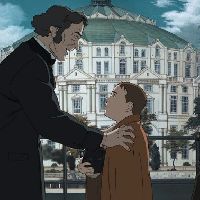This article was written by Faiazation and edited by Feloren and Skittles of the MAL Articles Club.
Interested in writing or editing for us? Click here!
The 1917 release of Imokawa Mukuzo: Genkanban no Maki is considered to be the first time anime was publicly shown in a theater. As Japan was struggling though a financial crisis at the time, the start of this new cultural phenomenon was shrouded in doubt. Yet now, 100 years later, the medium it spawned has become a worldwide sensation. Over the years, the medium’s take on its products has been constantly changing. Slowly, 3D animation techniques are replacing the classic cel animation style. The anime industry is evolving, and it should come as no surprise that the style and quality of anime will evolve as well. The question is, "which style is better?"

Imokawa Mukuzo: Genkanban no Maki was the first anime to ever be shown in theaters.
I personally believe that 2D anime is better. Not because it is a better form of animation, but because the anime industry is misusing 3D animation; 3D can work just as well as 2D as long it is properly utilized. The usage of CG animation techniques in anime can actually be found as early as the original Macross, which began airing in 1982. When it comes to presenting a heavily animated action sequence, 2D anime is not all that suitable. Back in the day, CG was only used in a small number of scenes. For the most part, directors tried to hide them with 2D animation and blended the two techniques as seamlessly as possible.
But why does it feel different when 3D animation takes over the role of animating characters as well? This is because of the way we perceive a human’s movement through animation. Western animation never had this problem because of their lack of proper human designs, where they rely heavily on using simple shapes to create humans with dull movement patterns. This is where Japanese animation is different, as anime characters are mostly based on realistic human forms that require more fluid movements.
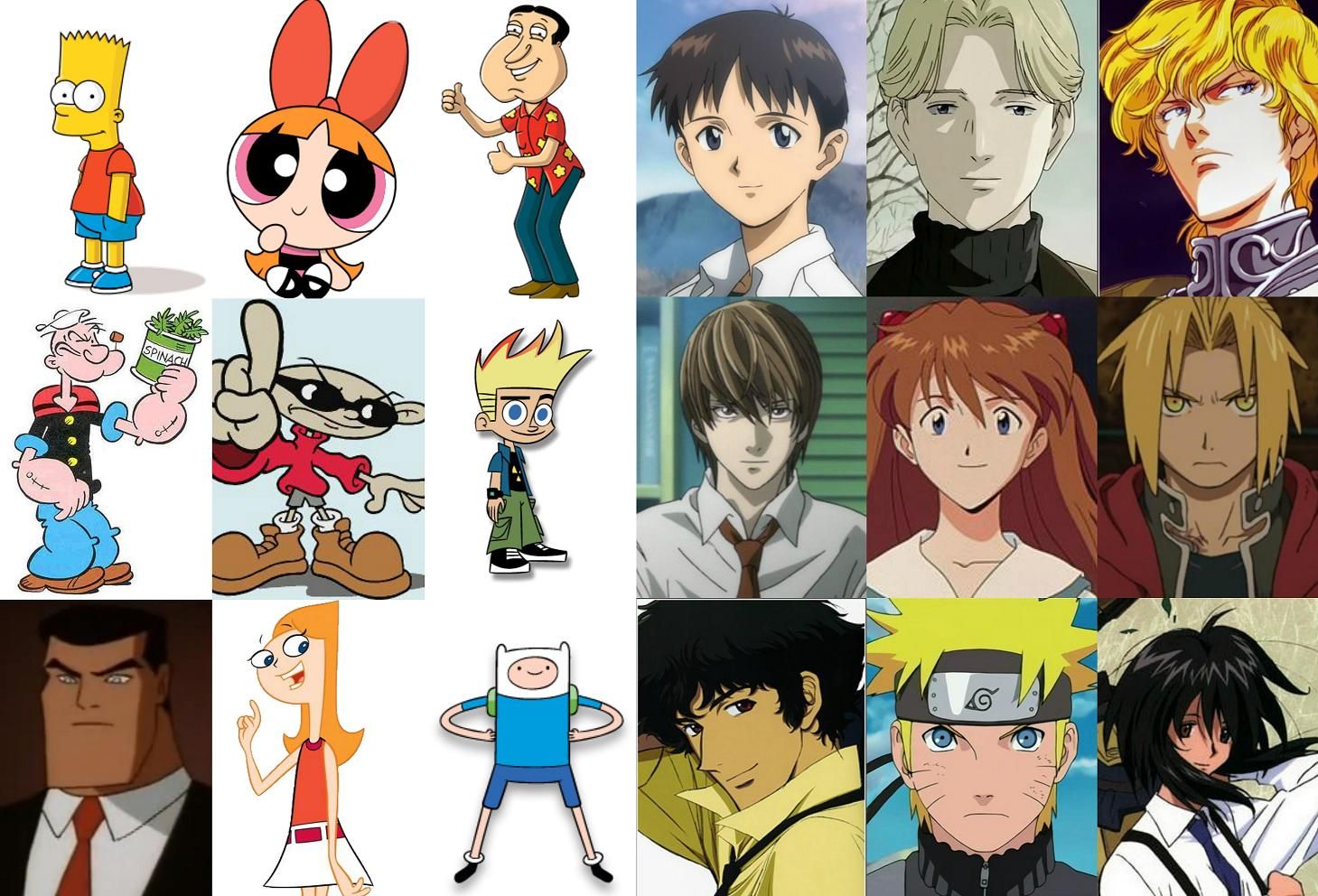
Western animation tends to use simpler shapes, while anime more closely mirrors reality.
If an anime fails to convince us that its character movements are within the context of its story, it will fail to satisfy viewers. You can take any western animation, for example, and you will see that most of its animation revolves around non-human objects. So, when a human character appears on the screen, a viewer won’t feel that the unnatural human shapes are out of place because they subconsciously realize the humans are not the primary characters. CG or 3D animation is very useful for creating a more dynamic and lively environment as it requires less effort than using 2D. Our eyes usually can't pick up on the blending of 2D characters with 3D backgrounds, but when humans or organics are animated in CG, our eyes can immediately spot the difference. Such cases betray our expectations for how a character should move.
3D animation also can’t convey complex facial expressions as easily as 2D can. Of course, more advanced technologies can convey such expressions successfully, but we have to remember that studios are using CG or 3D animation to cut costs and increase efficiency. In 2D animation, a significant amount of effort is spent on character designs and facial expressions—2D animation is not restricted by computer-rendered character models and can change according to the artist's wishes. However, when you are trying to convey certain facial expressions with 3D animation, you need to take into consideration whether a fixed character model is capable of accommodating said expressions. This is the reason why 3D anime doesn't have the fluidity and rich facial expressions of classical 2D animation.
Despite being inferior to 2D animation in terms of expressing emotions, 3D animation is much more suitable for fast-paced action sequences. Although the characters are restricted to movements that their models are compatible with, 3D animation can be used to make great action sequences filled with dynamism and rapid movements. 3D animation can blend the pace of a sequence with a constantly changing background; unlike 2D animation, it doesn’t need thousands of redrawings to match a background with the action. This is why many older animations have blurry or very dull backgrounds behind their action scenes: to cut costs.

Goku vs. Frieza Fight from Dragon Ball Z. Older anime tend to have little to no background details behind action scenes.
Anime studios often mix a lot of 2D effects and movement with 3D to try and make the result look three-dimensional. Older anime don’t have so many of the detailed action scenes that can be found in today’s anime. After doing 4 or 5 cuts in CG, these anime would reuse the same shot throughout the show with different lighting and character movements to hide the repeated animation. Over time, animation studios started using CG in backgrounds and non-organic elements so much that this technique of repeated animation lost its appeal, as it became very easy to detect repeated shots.

Image from Mobile Suit Gundam Wings. A number of repeated action sequences can be found throughout this show.
With 2D animation, each frame and character movement has to be hand drawn. If an anime studio wants to make a 2D anime, it needs a huge number of artists. There’s a lot of manpower that goes into the artistic department; there are different teams for background art, in-between animation, character art, etc. Every studio needs a massive team to create an anime, but such teams are not always available. Sure, if you have a huge production team that you have worked with on multiple occasions, they may like to work with you again; newer studios and lesser-known directors, however, don’t always have that kind of luxury. They can’t afford a team that big, and the studio has a fixed schedule, meaning they can’t just sit around and scout artists. This is where CG animation comes in. Even though 2D animation can be cheaper compared to CG animation, in the long run, 3D animation is actually much more budget efficient. It may look more expensive based on the cost for one scene, but it saves a massive amount of production cost. Using 3D, completing an animation is much faster than with fully hand drawn methods, and can be done with a smaller team.
I’ve said before that anime characters need to feel lively, meaning the characters have to convince viewers that they are alive. For that, characters need to have fluid movements. With 2D animation, artists have to draw each frame from scratch, but with 3D animation, artists can do the same job with less effort. 3D animation is done with 3D models. Action figures are often used as character models, so changing camera angles or showing a character from a different side only requires a rotation of the the figure as opposed to drawing each panel over and over again. With 3D animation, you can do the same job with a lot less effort and with a lower budget. The scenes cost more compared to the budget of a 2D scene, but cut costs by (usually) avoiding the risk of retakes and repeating drawings inherent to 2D animation. When making anime, budget and time are very important. Each project has a fixed fund allocated to their production, and the budget includes even the most minor of details, such as the amount of money to be spent on music composition, in-between animation, and the animation direction.
Kenichi Maejima’s A.LI.CE, released in 2000, was the first fully computer animated Japanese film. Since then, the amount of CG and 3D used in anime has been constantly growing.

In 2000, A.LI.CE was released. It was the first fully computer-animated anime.
Production I.G has been using CG animation in large proportions in many of their works. Ghost in the Shell 2: Innocence, for example, perfectly demonstrates where the studio's art style was heading in the early 2000s. Polygon Pictures did the 3D CG animation for the film. They also worked on The Sky Crawlers, which was another collaboration between Mamoru Oshii and Production I.G. These films show constant use of CG animation. Most of the backgrounds and non-organic elements have been done in 3D. Many of the characters are done in CG as well.
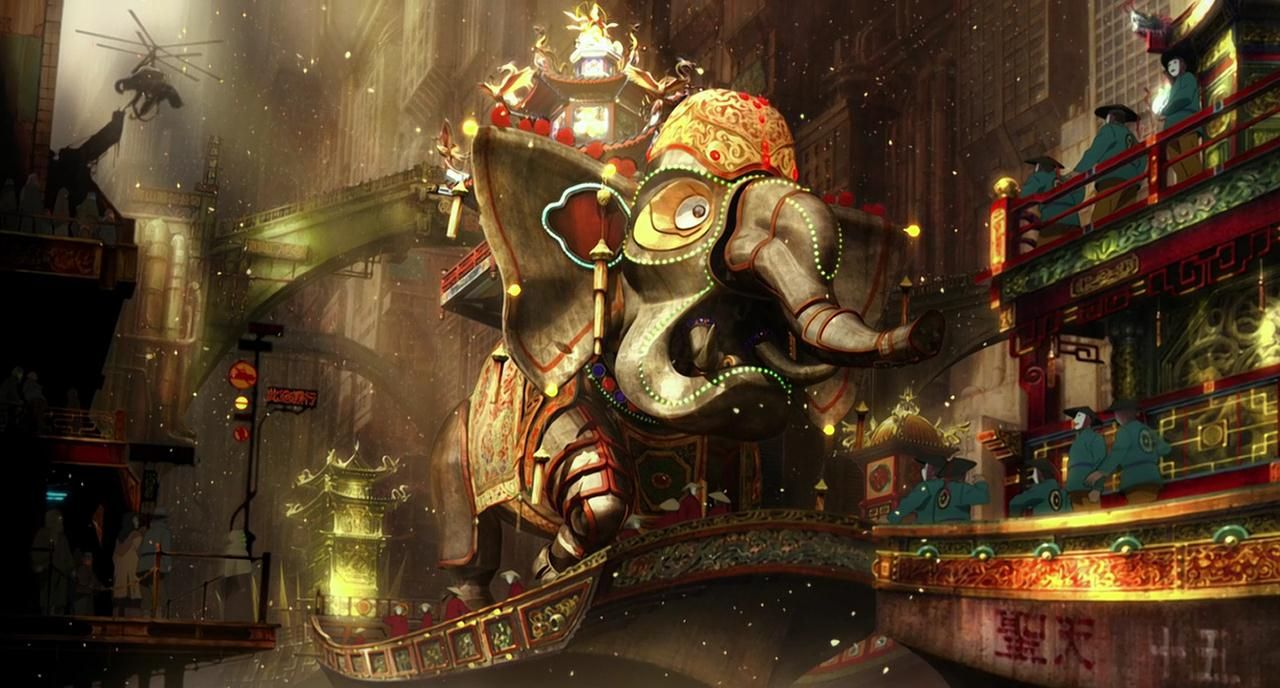
Screenshot from Ghost in the Shell 2: Innocence

Screenshot from The Sky Crawlers
Lately, there has been a rise in the usage of CG animation. In recent years, we’ve seen shows like Ajin and Knights of Sidonia, both of which were fully done in CG... but there is still a problem with 3D animation. Just like good team management is needed for a successful 2D work, technical knowledge is required for a 3D one. Without proper knowledge and prior experience in 3D animation, difficulties can arise; someone who has worked with 2D animation for most of their life, for example, can’t instantly convert their work into 3D. Without someone who knows the in-and-outs of proper character modelling and CG storyboarding, disasters can occur. The latest Berserk adaptation is a good example of this.

An image from Ajin

An image from Knights of Sidonia
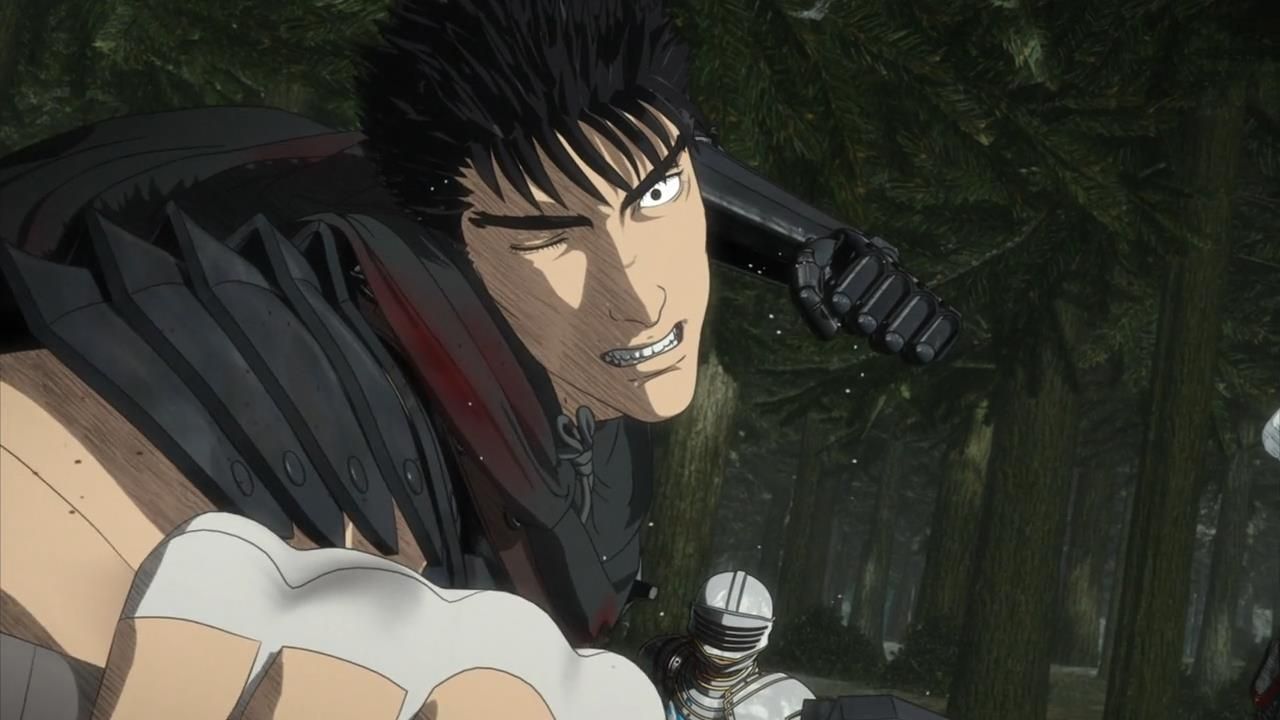
An image from Berserk 2016
The primary reason Japanese studios are trying to combine 2D and 3D animation lies in their source material. A large portion of anime are based on preexisting character designs taken from their manga counterparts. In terms of art, most manga artists are not bound to one set of characteristics—certain characters can end up having a vast array of facial expressions. Accounting for this in 3D is extremely annoying and requires the character's model to either be redone multiple times or be extremely flexible right off the bat. However, if characters are bound to a fixed number of facial expressions, 3D is the way to go, as a single model can be reused multiple times, thereby saving a lot of effort.
It can be argued that anime isn’t actually loved for its visual style, but for the sensation it exudes. It is possible to make anime with different art styles, but the question is "how is it being presented?" The creators are chasing their 2D aesthetics while making 3D animation for no reason whatsoever. Many 3D or CG anime are trying to restrict character movement to 12 frames per seconds to match the established aesthetic style of 2D cel animation. Cel animation can have different frames per second depending on the scene, which can elevate to 24 fps during a fighting scene and drop down to 6 fps for a scene where characters are only talking. This self-restrained visual style is more damaging to a show than bad CG. It is particularly jarring given the fact that Japanese video games have mastered CG and 3D animation. For example, Final Fantasy has been using CG animation for almost a decade.
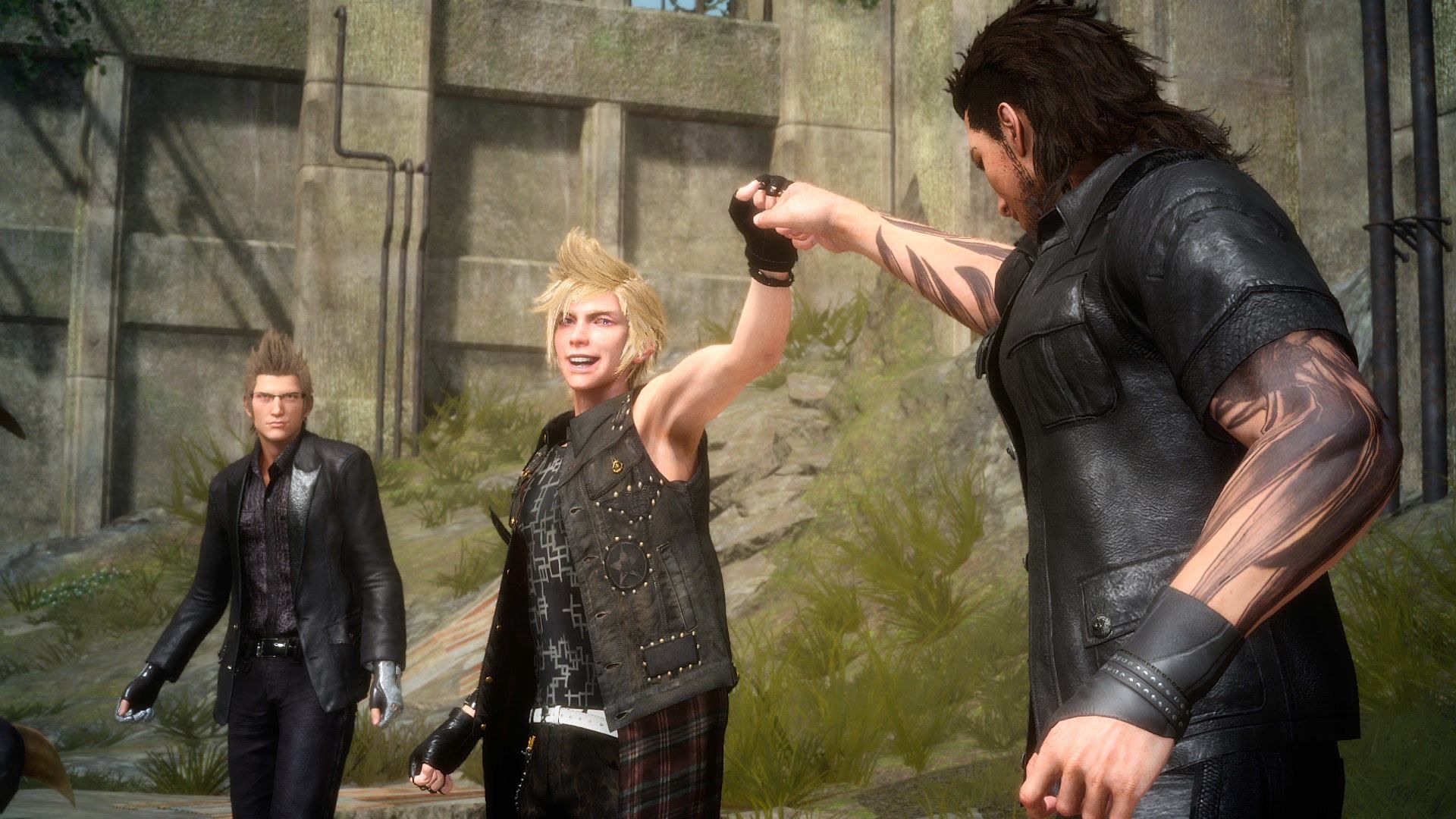
A still from Final Fantasy XV

Screenshot from the iconic anime Neon Genesis Evangelion
3D animation can be wonderful when it’s not restricted to chasing existing aesthetics. The anime industry needs to understand where 2D and 3D are different and show viewers what 3D animation is truly capable of. What Japan needs right now is a groundbreaking 3D anime in the vein of Fullmetal Alchemist: Brotherhood or Neon Genesis Evangelion. In other words, it needs an anime that can persuade viewers with its plot, world, and atmosphere so well that the audience will love the animation style regardless of its flaws. Anime needs to establish a 3D game changer if they want to move on. For example, an anime where 3D will work on its own instead of being constantly overshadowed by its predecessors. Western animation easily solved this dilemma with Toy Story. Not only was it a revolutionary animated film, but it also established the usage of 3D animation without a hitch.

An image from Toy Story
Anime is a unique and constantly growing medium of entertainment. From an outsider's perspective, 2D and 3D might just be two different types of animation, but the reality is much more than that. In truth, they are vastly different in terms of both aesthetics and the types of creativity they nurture. The problem is that Japanese animation studios currently use 3D for cutting costs instead of aesthetically enriching their works. With the right direction, 3D anime can flourish and bring revolution to the medium that we’ve grown to love.
Sources:
The Mismanagement of CG in Anime


